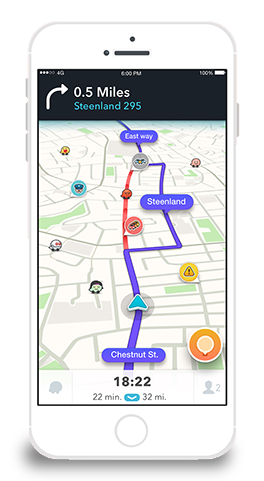This was facilitated by the fact that much change tended to be either incremental or to some extent foreseeable. By contrast, the then rare discontinuous changes (so the move from mainframe to desktop computers or from engineering draftsmen to CAD/CAM software) tended to have a minor impact on most sectors. The effects of globalisation and the Internet were only slowly emerging, and there were relatively few types of pressure likely to push organizations in substantially new directions.
Now, however, this “assess, anticipate, plan” approach is becoming increasingly difficult to implement even for the medium term, and in some sectors the classic strategic planning approach is becoming impossible to apply. Consider the impact, for example, of the rapid development of technologies for 3D printing, electricity storage, artificial intelligence, augmented reality, and robotics. Add to this the application of those same new technologies in driverless vehicles, drone deliveries, cloud computing, crypto currencies, and robotics. Overlay the influences of changing social values, globalism, populism enabled by the Internet, right to repair legislation and the like, and we have a recipe for rapid and often discontinuous change. It’s hard to predict what our challenges will be in as little as 18 months time.
All this puts a tremendous premium on cultivating the flexibility to change rapidly with the times, tracking developments in the environment around us as they happen, and building cultures where change management approaches become intuitive. In the language of agile software development, what is needed is a process that is iterative, incremental and evolutionary. This is what organizations typically have in mind when they reach out to us for help becoming more responsive, agile and nimble.
This reality is, of course, not the same for all organizations: the velocity of change is less for some than for others. For some, moving away from a traditional strategic planning process – which remains a valuable approach – has little merit. For instance, organizations such as professional associations or charitable foundations are likely to be less affected by rapid changes in context than, say, organizations in the energy, transportation, manufacturing or financial services sectors. But even for those less affected, a reflection on appropriate review cycles and the integration of the plan into organizational life can pay dividends.
For many of our clients what’s needed is something closer to an integrated plan than a traditional strategic plan, an organizational plan framework that reflects these shorter cycles of change. Such plans do not stop at “strategy” but provide direct line-of-sight to the tactics which support that strategy, right down to short-term actions. These End-to-End or “E2E” Plans are in continuous motion, roadmaps being refreshed and repaired as they run, and typically include the following elements:
- high-level strategic thinking focused on a medium-term horizon, typically including strategic goals for 3 to 5 years, and frequently including three or more scenarios that envision different futures for the organization depending how each relevant driver of change progresses;
- a direct connection of these strategic goals to the key initiatives, actions and projects (with typical completion cycles of 2-3 years, 1-2 years, and 3-12 months respectively) that are subsets of the goals: these in turn are directly embedded in the annual operating plan;
- a strategic watch to identify significant movements in any of the external drivers of change;
- a robust plan-review process that monitors progress and looks at each component at least by the time that component was due to be completed (e.g. every 3 months for quarterly projects, every 3 years for key initiatives, etc.); as actions are completed, they are replaced by others;
- the organization builds a culture and processes that encourage rapid responses to surprises when they arise, deploying pre-set contingency plans when needed, and change management approaches to keep team members close to the heartbeat of the organization.



